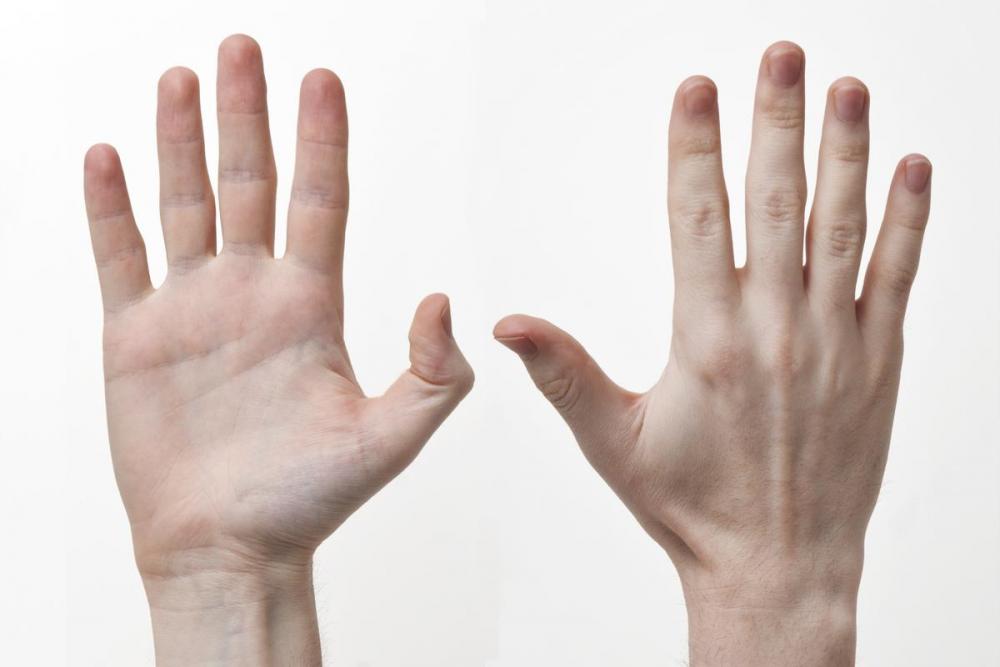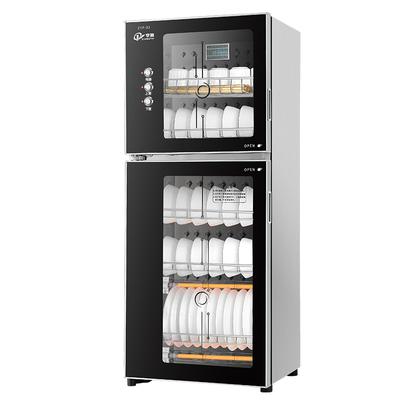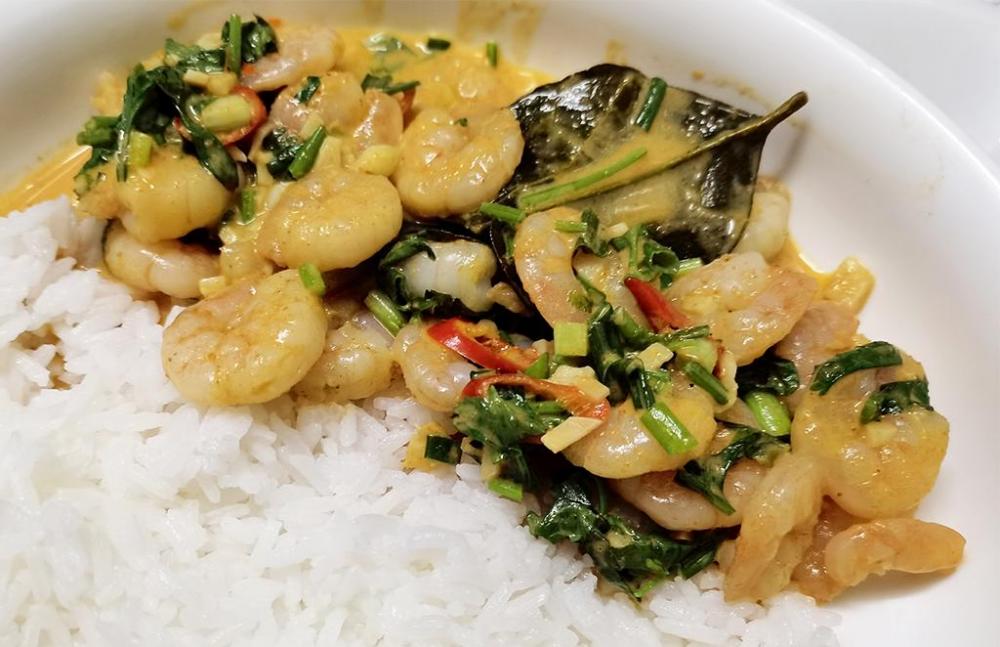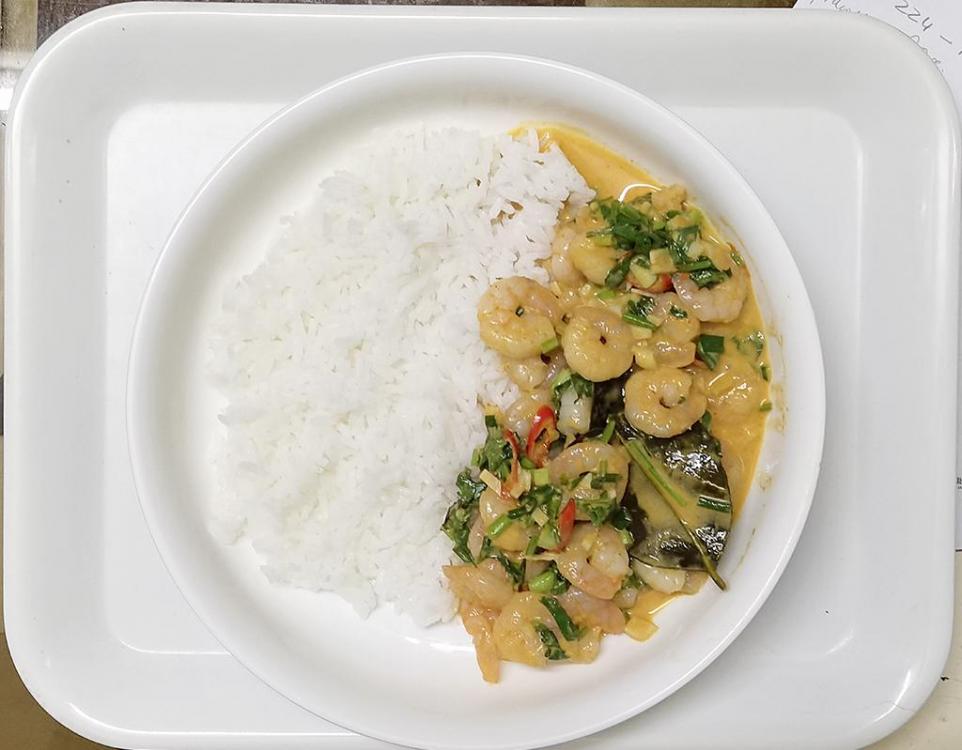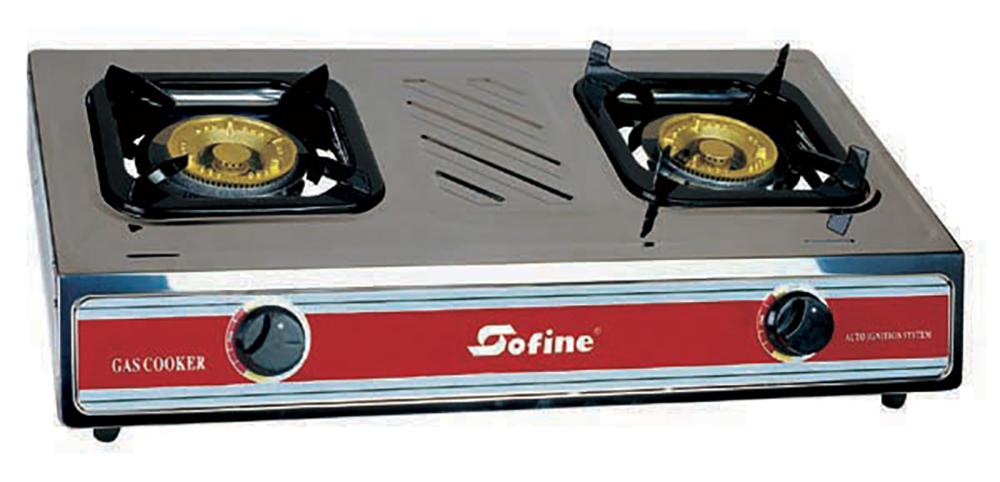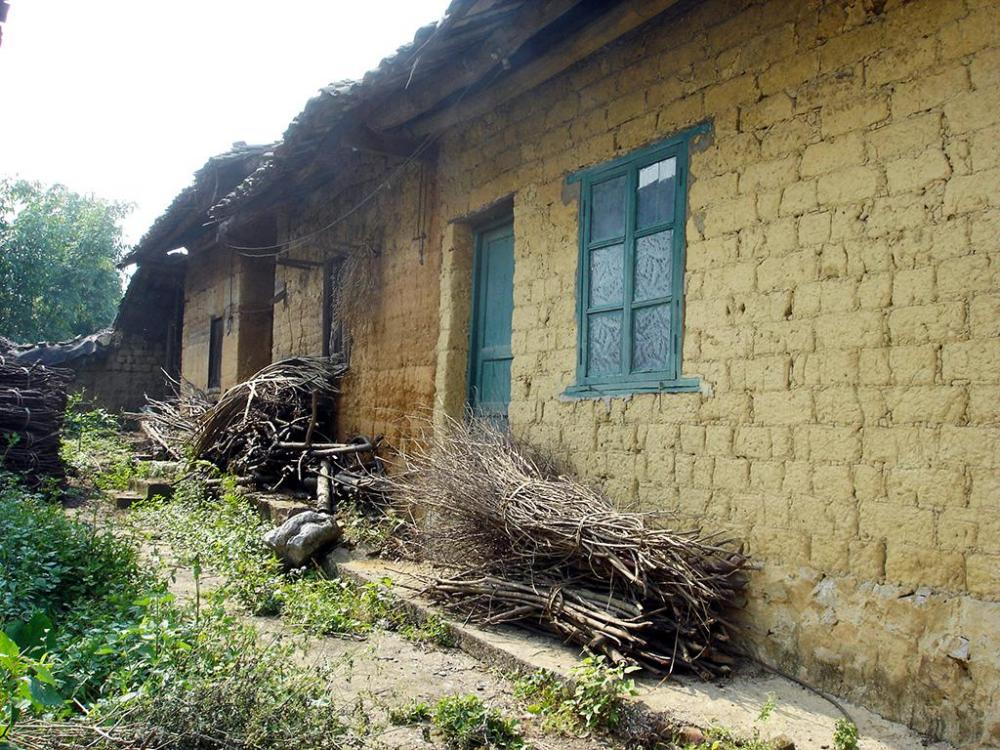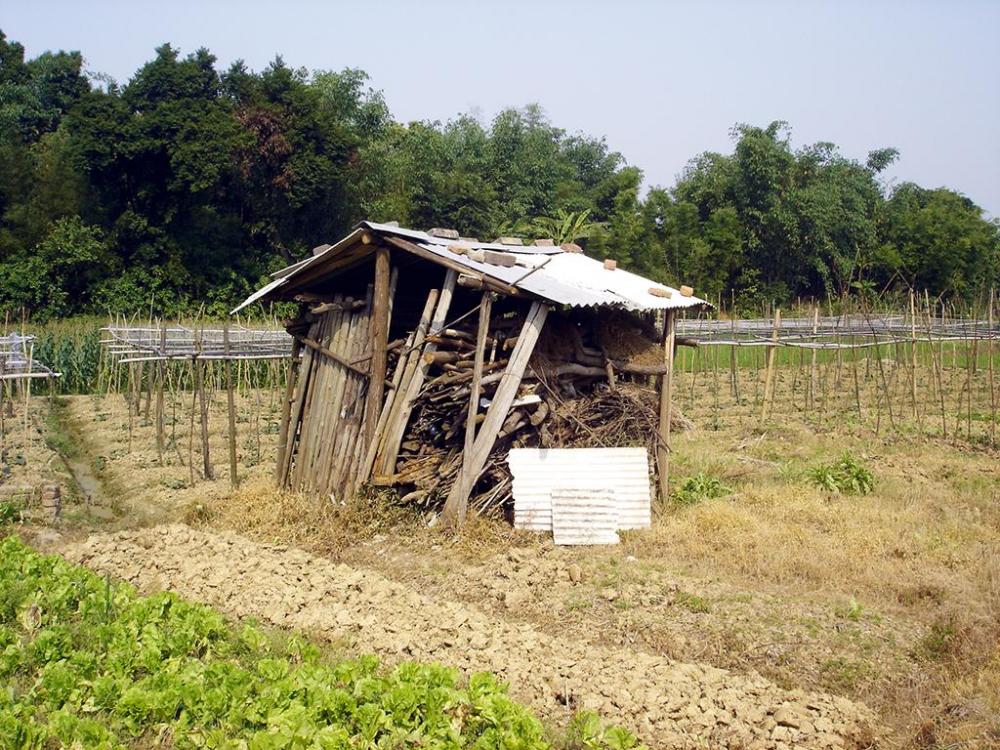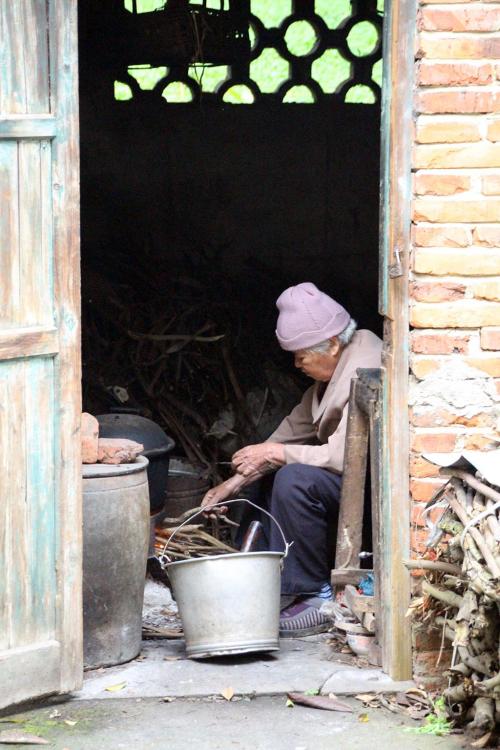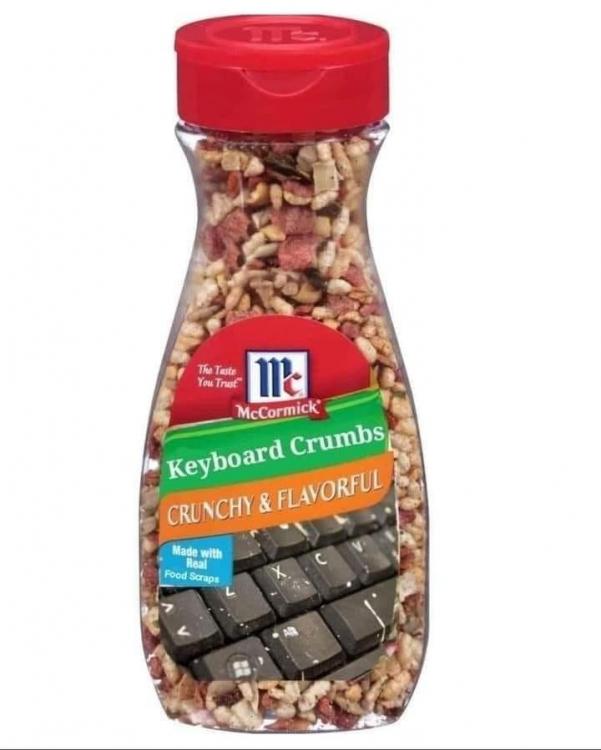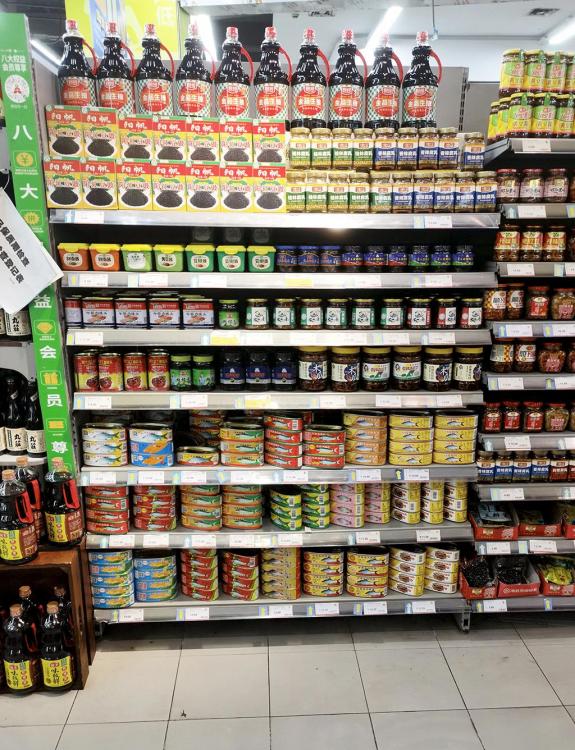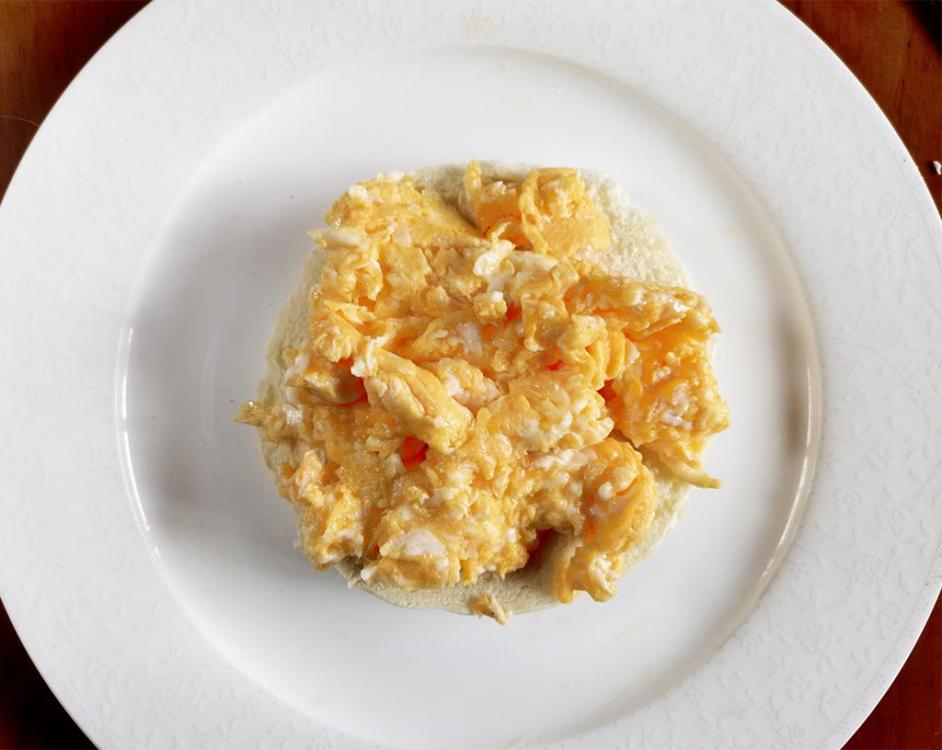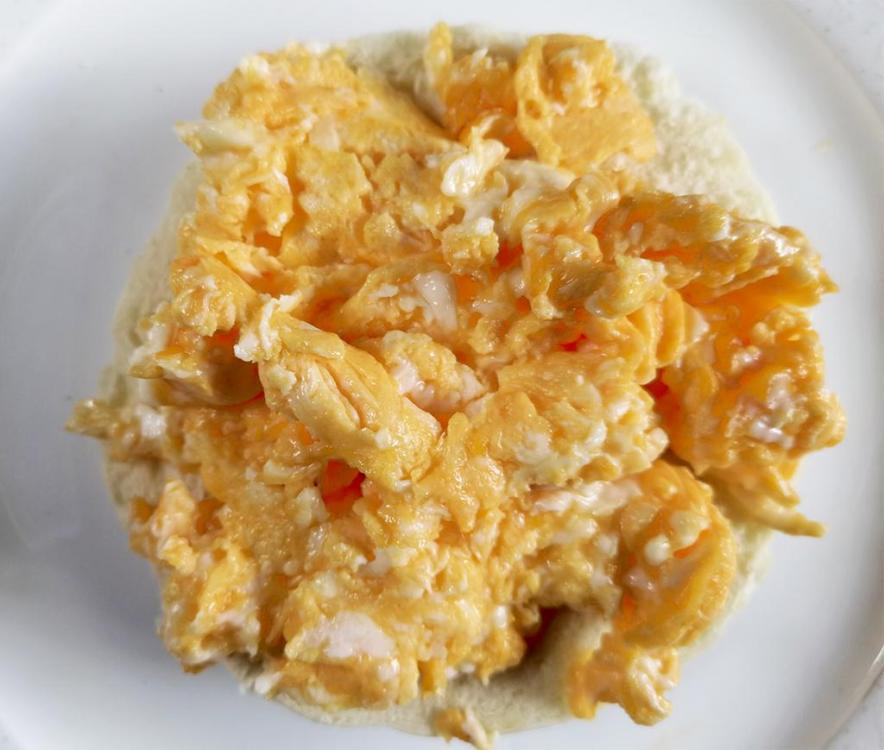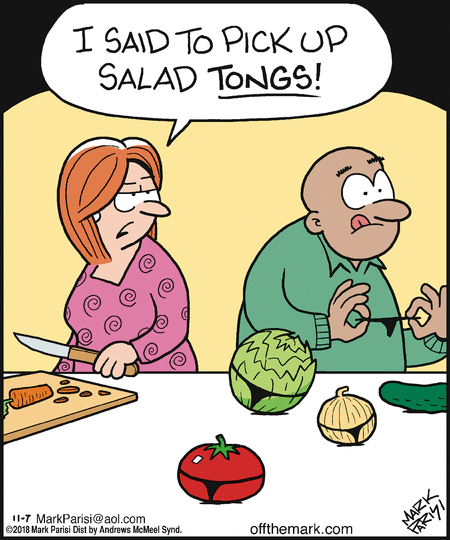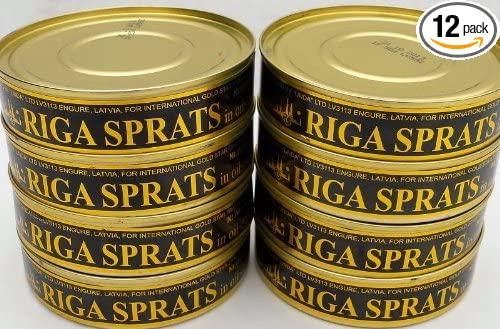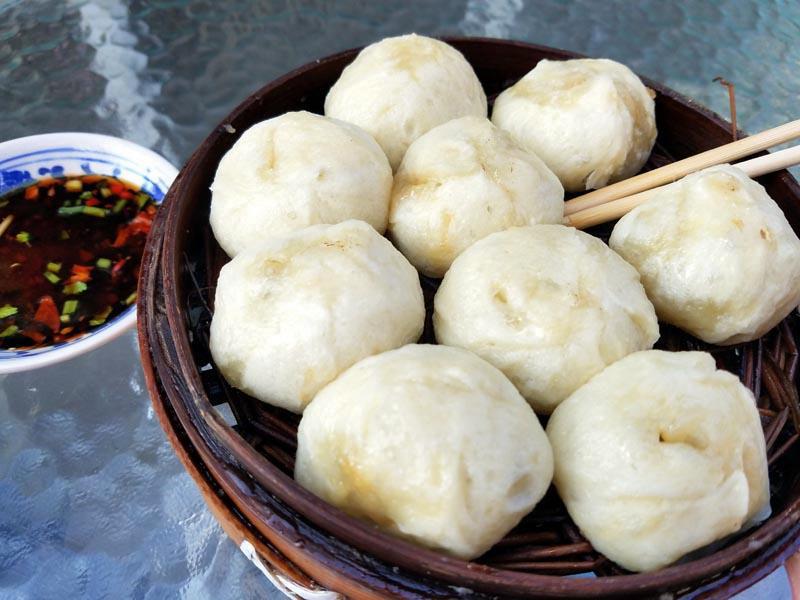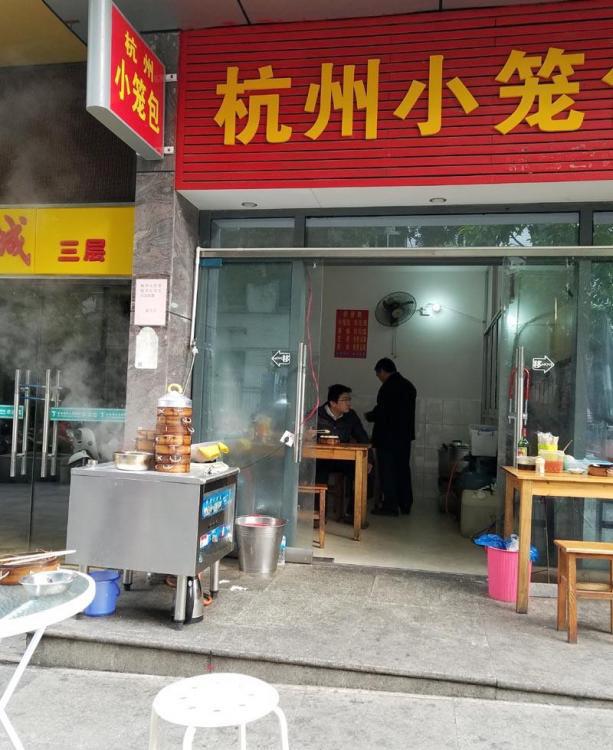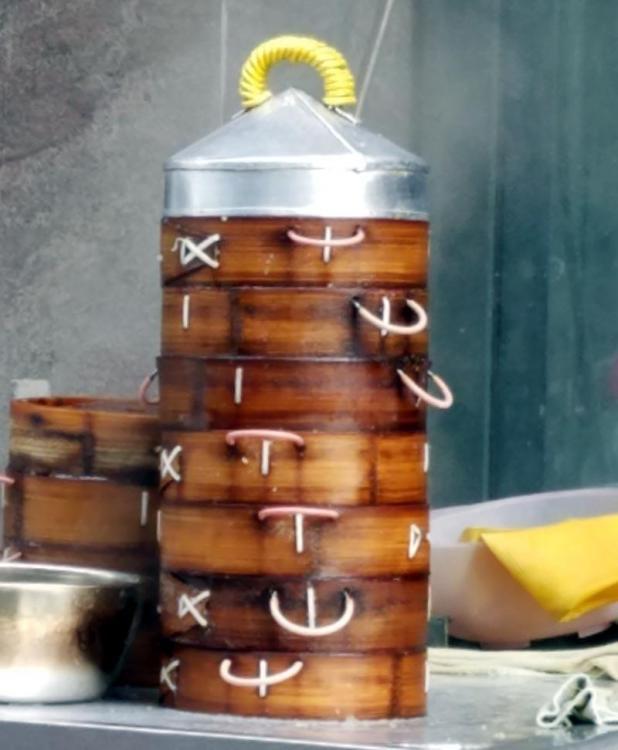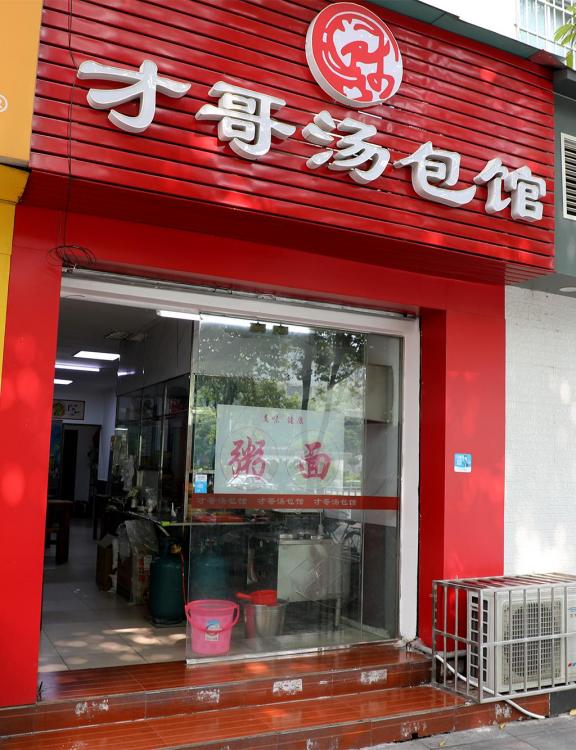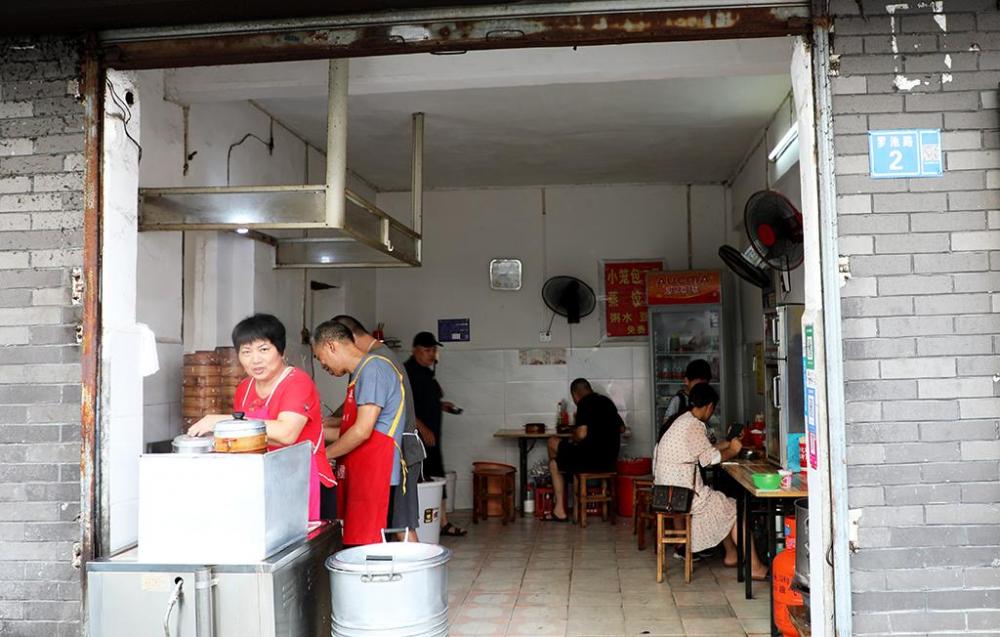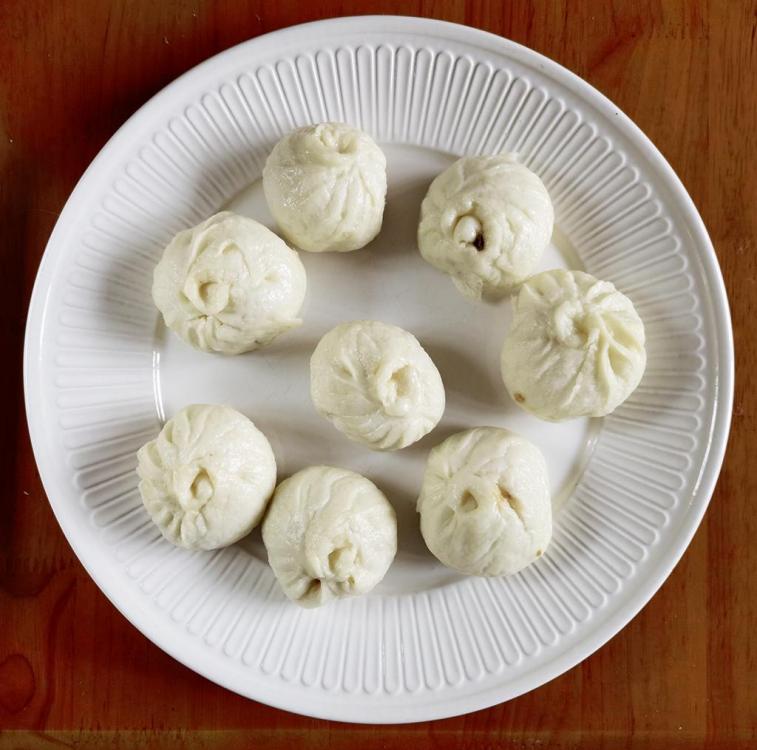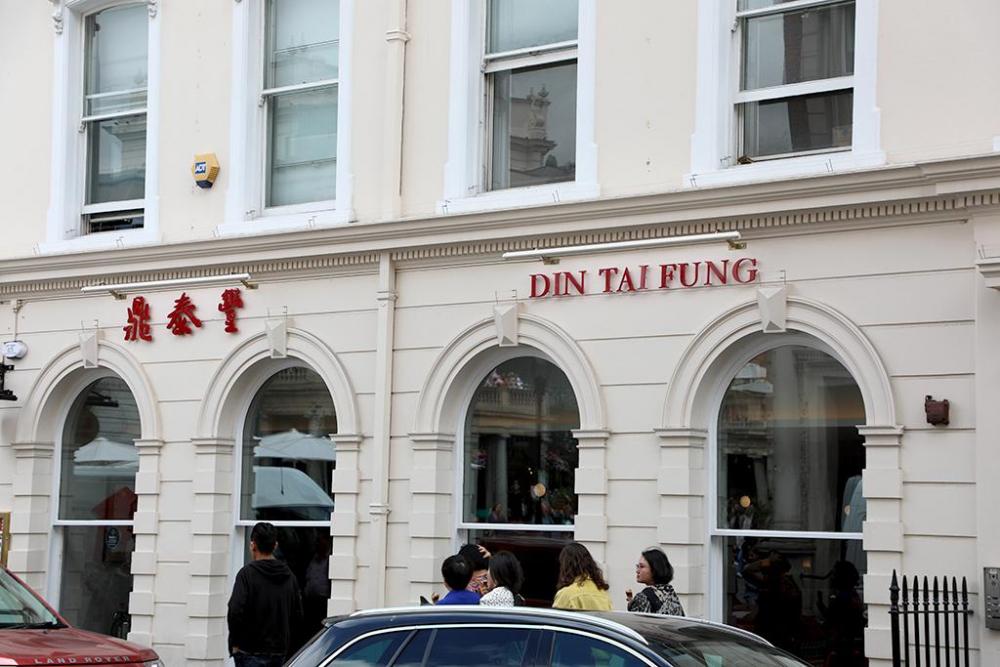-
Posts
16,656 -
Joined
-
Last visited
Content Type
Profiles
Forums
Store
Help Articles
Everything posted by liuzhou
-
Another 'noodle' dish from Xi'an. 驴蹄子面 (lǘ tí zi miàn) - Donkey Hoof Noodles. Also known as 偷懒的面 (tōu lǎn de miàn) - Lazy Noodles, as this is what people make when they are too lazy to roll or pull noodles properly! The dough is cut into shapes resembling donkey hooves, or so they say. No donkey is involved here.
-
I don't recall ever having wheat dosa, although I know they exist. What does your local place use for dosa; the traditional lentils and rice?
-
Yes. Same here. The washing up liquid is soapier. Detergent for clothes washing is also a different formulation. Washing machines are all cold water. Automatic dishwashers are very rare. I only know one person who has one and she is a returnee from America with new American husband in tow. Most dishwashers, including mine, look like this.
-
I don't. It's not mine. The apartment is rented and it was there when I arrived. That said, many people here have them. I think they are a hangover from a time when few kitchens had a hot water supply. Many still don't. People washed dishes in cold water, then sterilized them in these. I have hot water. Most restaurants still have these.
-
I'd say both are true. It is widely accepted that the fuel theory is behind the invention of stir-frying as the main cooking technique to this day. It requires that the food be cut into small pieces by the cook in order for it to cook rapidly. (It also has the side effect of being easier to eat with chopsticks.) At the same there is also still a strong taboo about knives being brought to the table. Doing so is seen as an aggressive, potentially treacherous act. I've seen people visibly anxious in western retaurants in China.
-
21. "the Chinese home cook crouched over a wok on a brazier fed with twigs and cow chips" When I first came to live in China in 1996, it was said that 80% of the population was rural and 20% lived in cities. Today, we are told it’s the opposite, but while certainly many people, especially the younger generations, have moved to cities, it is often only temporarily. Many have become migratory workers, travelling to wherever the work is and moving on when the work moves on. Most of these end up working in the coastal areas in the east and south-east of the country. Also, many of these, men and women, have children whom they leave behind with the grandparents while sending money back. Many of these people fully intend returning home; many already have. As China’s economy has grown incredibly over the last couple of decades, its reputation as a source of cheap labour has correspondingly diminished and the large foreign companies are looking for other places to exploit instead. The Chinese government has thrown billions of hard cash into developing the interior and western regions, so reducing people’s dependence on migratory work. But for sure the number of city dwellers has risen considerably and, in general, people are more affluent. This new affluence has, of course, led to a rise in living standards and a new middle class. They demand everything new. There is very little demand for second-hand cars and I have never seen the type of second-hand shops which are common elsewhere. I can only think of one second-hand store here in town and that is a second-hand cell phone outlet. And it’s the same with housing. The new middle class only want newly built homes. These they buy unfinished and then arrange to have builders in to finish the interior layout to their own specifications. Even those who do buy pre-owned homes do the same, ripping out interior walls, plumbing etc and rebuilding the interior. They call this ‘decorating’. And of course, this extends to the kitchens. Chinese domestic kitchens tend to be on the small side and have little storage space compared to western kitchens. Most people cook on one of these. So, do I. I’ve never seen anything resembling a western stove. They may have a microwave, but that is mostly used for heating up dishes that have cooled down a bit. A rice cooker, for sure. And often a pressure cooker. No oven. This is my kitchen as it was on the day I moved in. There is another counter and more storage space on the other wall, too. I didn't rebuild anything. The thing on the left of the counter near the window is an infra-red or UV steriliser for bowls and plates etc. I moved it. This is not the most luxurious, but better than many. So, although the kitchens may be more modern looking, they still generally contain the same limited equipment. Not that the Chinese consider there to be any limitations. They have what they need. Out in the countryside, in many places, the “wok on a brazier fed with twigs and cow chips” tradition lingers but is becoming rarer and rarer. Except it wouldn’t just be twigs. And no cow chips. There aren’t that many cows in China. (I had to look up ‘cow chips’; not an expression I’ve heard, though I did guess the meaning.) That said, yak dung is used for fuel in Tibetan areas. Most of these home cooks would use wood, which they gather throughout the year and store for future use. Firewood stack The hut is firewood too I think! This old lady was cooking her lunch over a pile of firewood in a metal bucket in a sort of outhouse. As to what people cook, I don't think the new-found affluence has changed much, other than people eat more of the same. More meat, for sure, but still prepared in the traditional ways. Despite the oft-repeated claims that the Chinese eat everything (another myth), I find most people to be rather on the conservative side in terms of what they will eat and, especially, cook. I’d estimate that 90% of the restaurants here in Liuzhou are serving either local cuisine or dishes which have been well-known all over China for a very long time. When I lived in Hunan, it was the same. Restaurants did Hunan food. We do have a few restaurants serving other region’s cuisines in town, but I don’t think many people would be cooking those dishes at home. I know my friends never do. Even in places like Beijing and, even more so, Shanghai, which have restaurants serving food from all over China and the world, few people will be making that at home. For a general idea of what people cook at home I can recommend Fuchsia Dunlop’s Every Grain of Rice: Simple Chinese Home Cooking (eG-friendly Amazon.com link), which covers many of the dishes cooked regularly across China. Regional cookbooks are hard to find, even in Chinese. I have a couple on Sichuan cuisine, but that’s it. I suspect this reply to @Tropicalsenior's question may raise even more questions. If so, please fire away!
-
Good question which merits a good answer. It's complicated. I'll try to answer fully in the morning. Bedtime here in the land of the rice eaters.
-
Sounds about right
-
Indeed. most of the frozen seafood is actually water, priced at seafood prices. The frozen dumplings are, at best, average. Why would anyone buy frozen shrimp in water, when they can walk 5 minutes away and buy the things live for less?
-
Well, I'm in the tropics and can only answer from there. But, as far as I remember, supermarkets in Beijing and Jilin in the frozen north were the same. Freezers in homes are relatively new here. And people don't know how to use them. Even much of the stuff in the supermarkets is hopelessly freezer-burned because they just throw in the fresh stuff they haven't sold that day! No wrapping. "Freezer-burn? Never heard"of it!" I'll try to show you tomorrow. If the temperature drops below 40℃ / 104℉ for 15 minutes!
-
I guess people just prefer fresh food. Freezing is similarly, rare. Only really fish and sea food; some sliced meats for hot pots. Maybe some dumplings. I'll take some pics next time in the supermarket. I can promise you 90% of freezer compartments in fridge-freezers are empty.
-
I'd be interested in any reactions you care to share. She was very kind in acknowledging me in her last book All Under Heaven (eG-friendly Amazon.com link) for a miniscule contribution I made in answer to a question she asked. I have that book here. But English language books are not easy to find here and I can't pop home to pick a copy up!
-
One preservation method that is very seldom used here is commercial canning. This is the entire canned food section in the largest city centre supermarket. The botton three shelves are full of canned fish of various types - mackerel, mostly. Next shelf up, on the left, four cans of sardines in tomato sauce and above them some Spam-alike luncheon meat, or as I call it, dog food! And that's it!
-
Yes.
-
I remember Spirograph well. Still available. Yeah, I wondered that, too. Probably just for artistic effect?
-
I came across this short video today on Chinese social media and wanted to share, but couldn't think of a suitable existing topic, so it's here. I'm calling it a crepe which it probably isn't, but seems close enough. Ignore the first few seconds, which is me trying to work out how my new phone actually works.
- 3 replies
-
- 11
-

-

-

-
-
Having posted the "use tongue' cartoon two posts back, I have to post this one which followed along.
-
This is considered by many to be the best brand. Available from Amazon (eG-friendly Amazon.com link)
-
20. 小笼包 (xiǎo lóng bāo) contain soup. Home made Xiaolongbao - no soup! Google the term ‘xiao long bao’, with or without the spaces, and you will be met by hundreds of sites explaining that they are Chinese steamed buns from Shanghai which contain soup. Well, actually, the ones which contain soup, contain soup; the ones which don’t, don’t. Although, when they do contain ‘soup’, what they contain may not really be what you or I would call soup. And they aren’t even from Shanghai! 小笼包 (xiǎo lóng bāo) simply means, literally, ‘small basket buns’. (Not 'small dragon buns' as suggested on the Xioalongbao Cook-Off topic. That is a different character, 龙 but pronounced the same. 小笼 (xiǎo lóng) - small basket The larger soup dumplings are more correctly called 汤包 (tāng bāo), literally ‘soup buns’ and the ‘soup’ is actually gelatin-gelled aspic. The smaller ones containing soup are 小笼汤包 (xiǎo lóng tāng bāo). Widely accepted to have originated in 常州 (Cháng zhōu), a city in Jiangsu province, although they were in turn hugely influenced by an earlier similar preparation from Henan province’s 开封 (Kāi fēng), capital of China in the Northern Song Dynasty, they became popular in Shanghai, then spread. International recognition came when the Taiwanese franchise chain, 鼎泰豐 (dǐng tài fēng) introduced them expensively across Asia, Australia, the USA and the UK. Din Tai Fung, London I love xiaolongbao and eat them often for breakfast or a between-meal snack. I’ve eaten them all over China, including Changzhou and Shanghai. Most did not contain ‘soup’. I lived in Xi’an in Shaanxi province for a year, in western Hunan province for two years and then for two decades plus in Guangxi. All have xiaolongbao places selling non-soup versions. Here in Guangxi, I only know one small restaurant selling 'Shanghai-style' 汤包 (tāng bāo), soup dumplings, but many selling the soup-free version. The non-soup versions follow the same basic recipe, only missing out the aspic. 汤包 (tāng bāo) restaurant in Liuzhou, Guangxi Xiaolongbao are most commonly served in small restaurants, either to be taken away or to be consumed in one of the few seats most places have. They are also sold in some supermarkets. I do also make them myself sometimes - they are easy to do, although the pleating takes practice. My local xiaolongbao restaurant. Typically, only one table inside and a couple on the street outside. Xiaolongbao steaming The contents of the baskets above. No soup! I just noticed there are nine in the basket. The normal serving is eight, Chinese culture's luckiest number. Another popular xiaolongbao restaurant here in town. Two tables inside. There is also one outside to the right of shot. These restaurant pictures were taken between 6:30 and 7:30 in the morning before the rush descended. They get very busy. I ate a soup-free xiaolongbao breakfast at the one just above. I sat outside.



